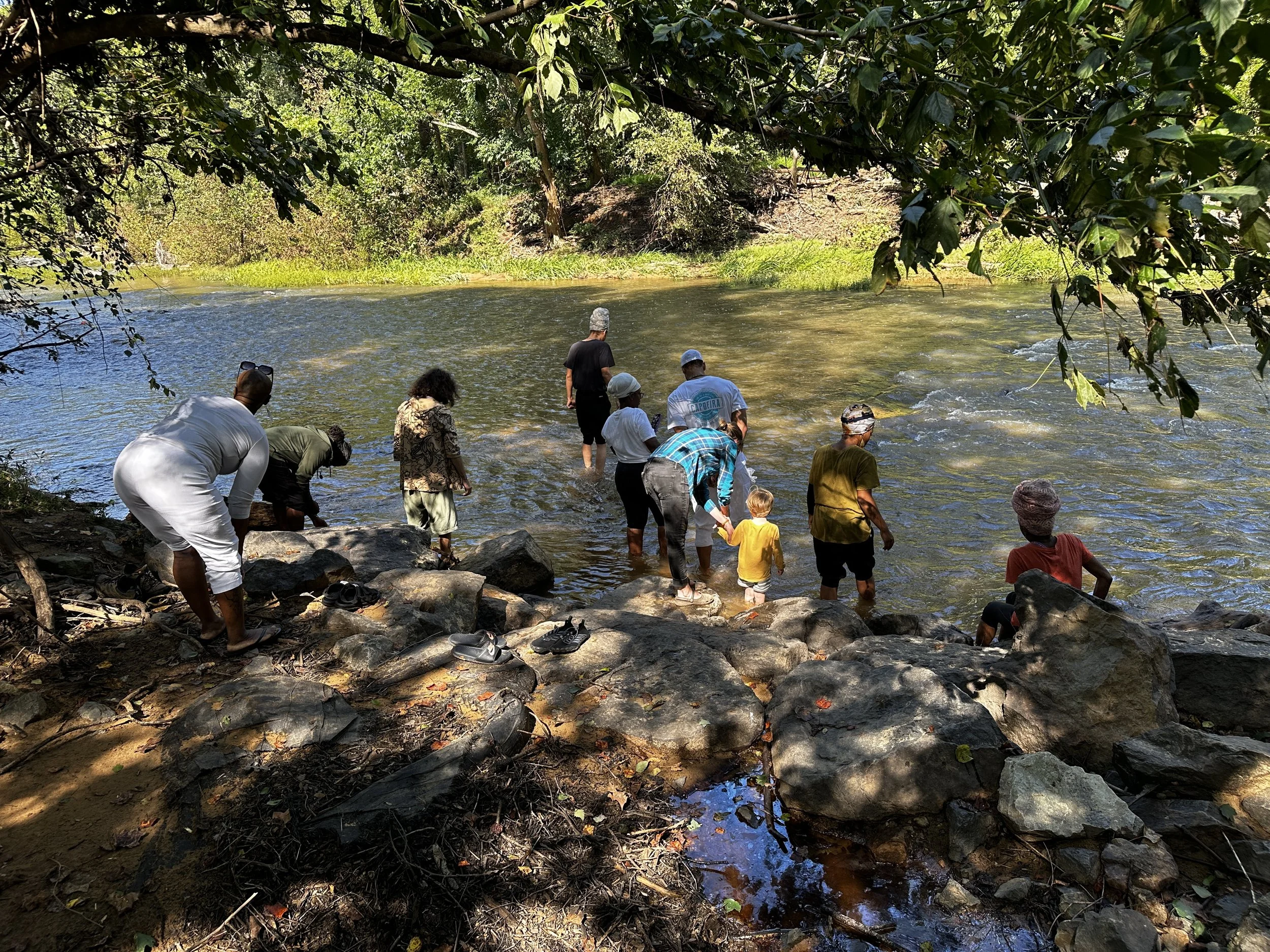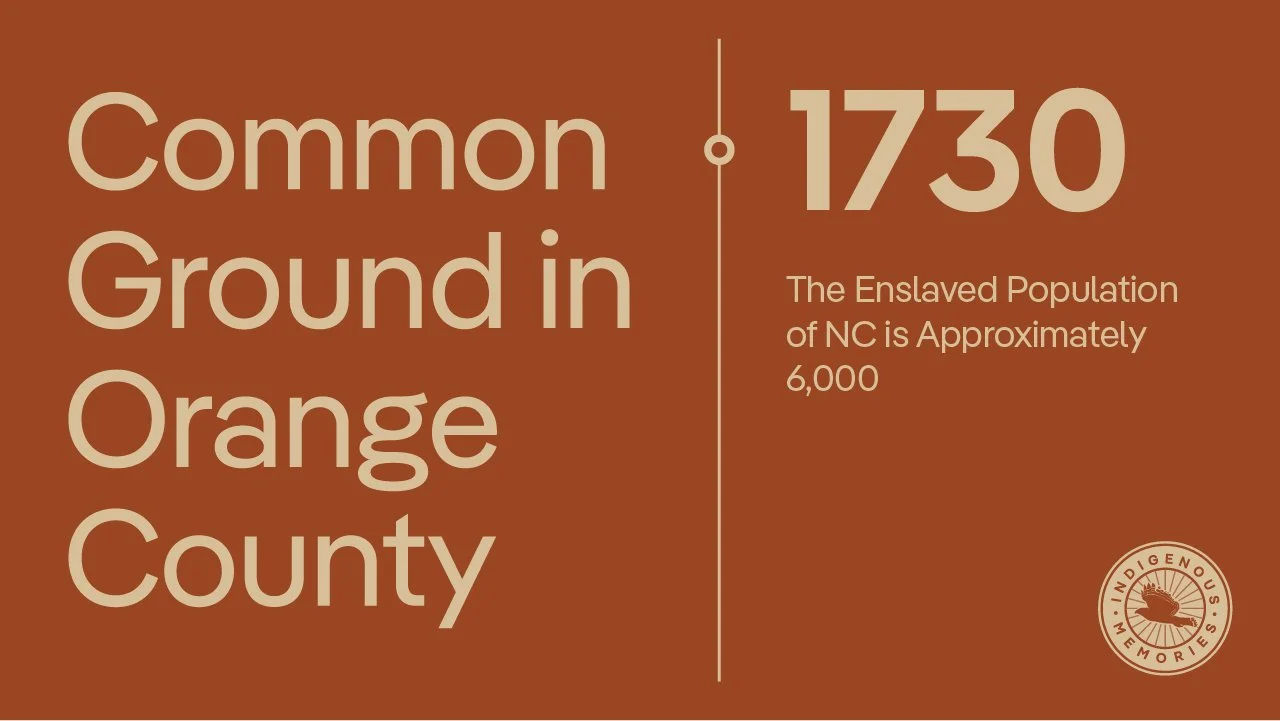
1730
THE ENSLAVED POPULATION OF NC IS ~6,000
Unlike in the Deep South, where large plantations were common, the practice of slavery in early North Carolina involved a handful of enslaved individuals working side by side with their enslavers.
“The average number of slaves on a unit of production in North Carolina was just six” as late as 1790, according to Freddie Parker, Professor Emeritus and former Julius L. Chambers Endowed Professor of History at North Carolina Central University in Durham, NC.
While small farms may seem less oppressive, the proximity between owners and enslaved people did not negate the inherent brutality of the system. It also did not stop slavery from becoming the foundation of North Carolina's economy.
"By 1740, North Carolina had become a slave economy … an economy based on slavery," Parker explains.
Even with relatively small numbers of enslaved people compared to the white population (for instance, in 1736, approximately 6,000 enslaved people to 36,000 white people), their labor was crucial to the colony's economic success. This reliance on enslaved labor distinguished North Carolina from colonies with a "slave-owning" economy, where slavery was present but not central to the overall economic structure.
The inherent injustice of slavery, even on a smaller scale, also led to resistance from enslaved people. The small farm size in North Carolina did not lessen the drive for freedom, so fear of rebellion was a constant concern for enslavers. By 1741, 37 percent of all laws in the colony related to the apprehension of fugitive slaves, Parker said.
Featuring Indigenous Memories Consultant in Slavery in North Carolina, Dr Freddie Parker


